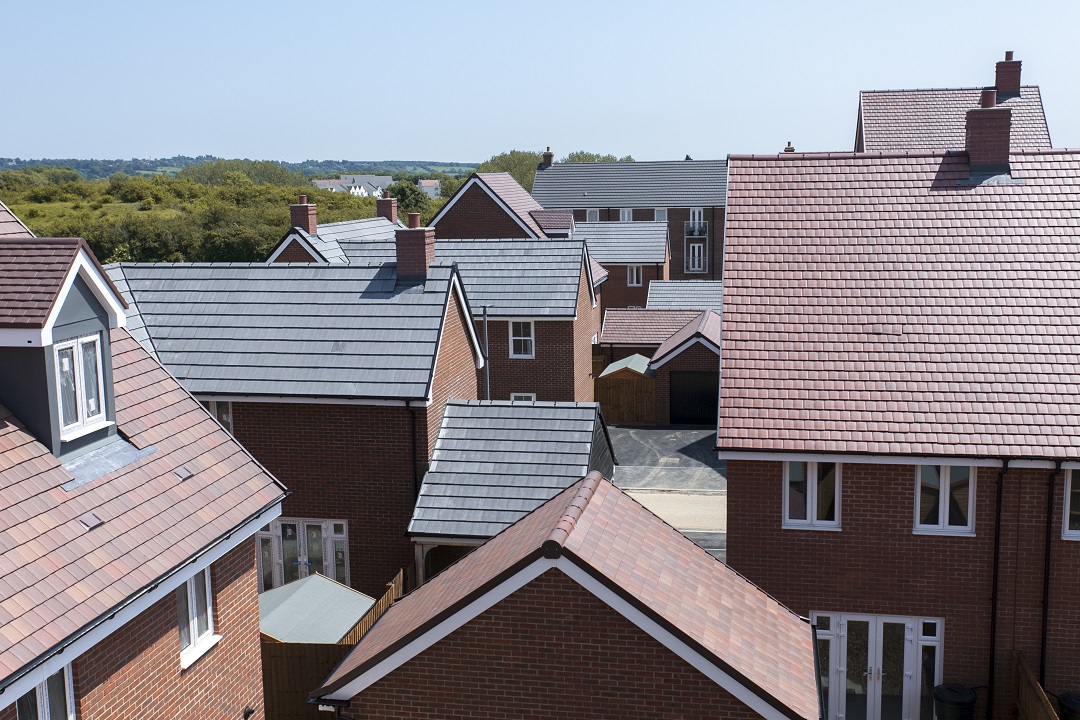 Statistics
Statistics
Current house building volumes must double to meet Labour’s 1.5m new homes pledge
Figures released today by NHBC show 29,281 new homes were registered to be built in Q2 2024, down 23% on Q2 2023 (37,861). 33,847 new homes were completed in the same period, 6% down on Q2 2023 (36,145).
Read more










